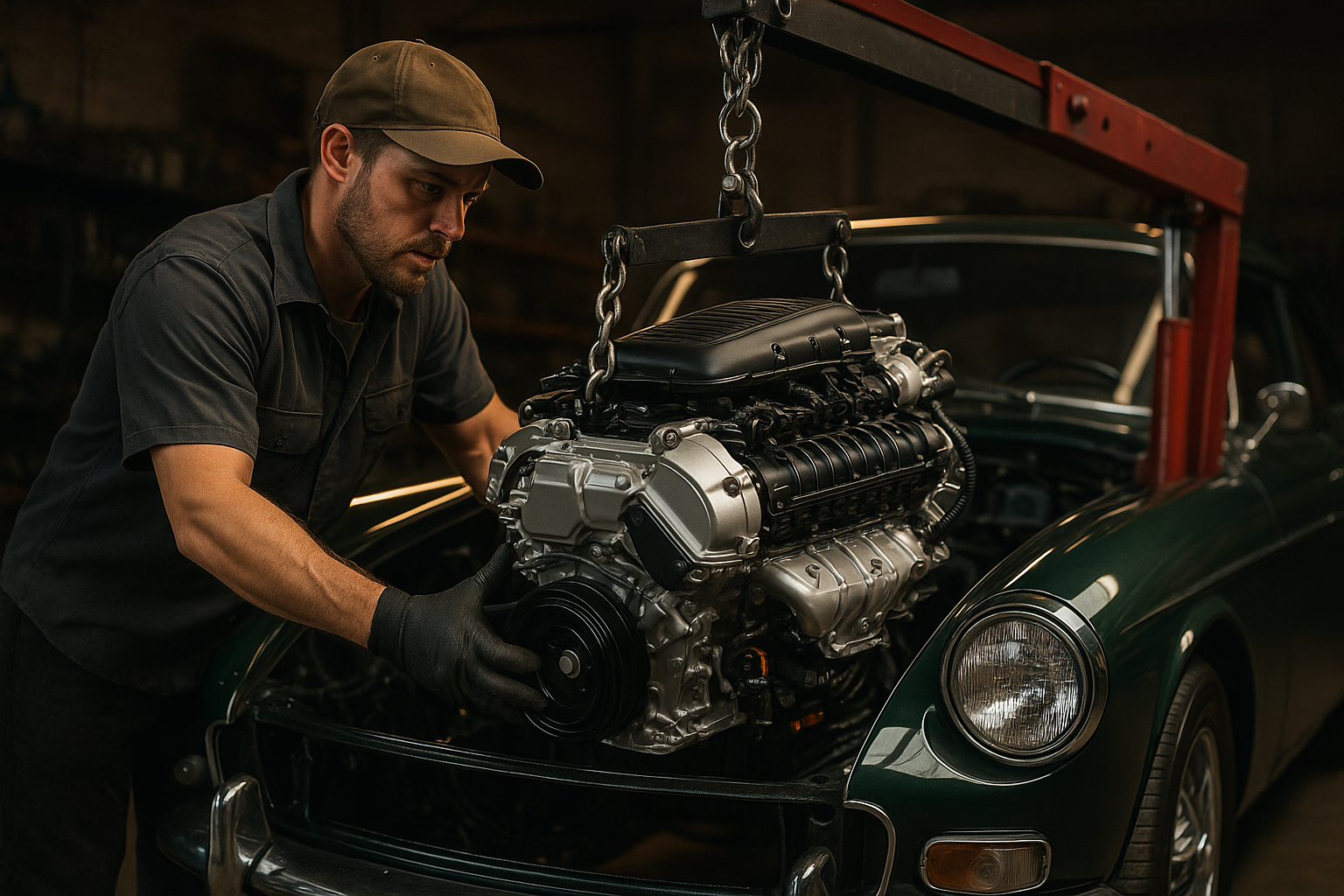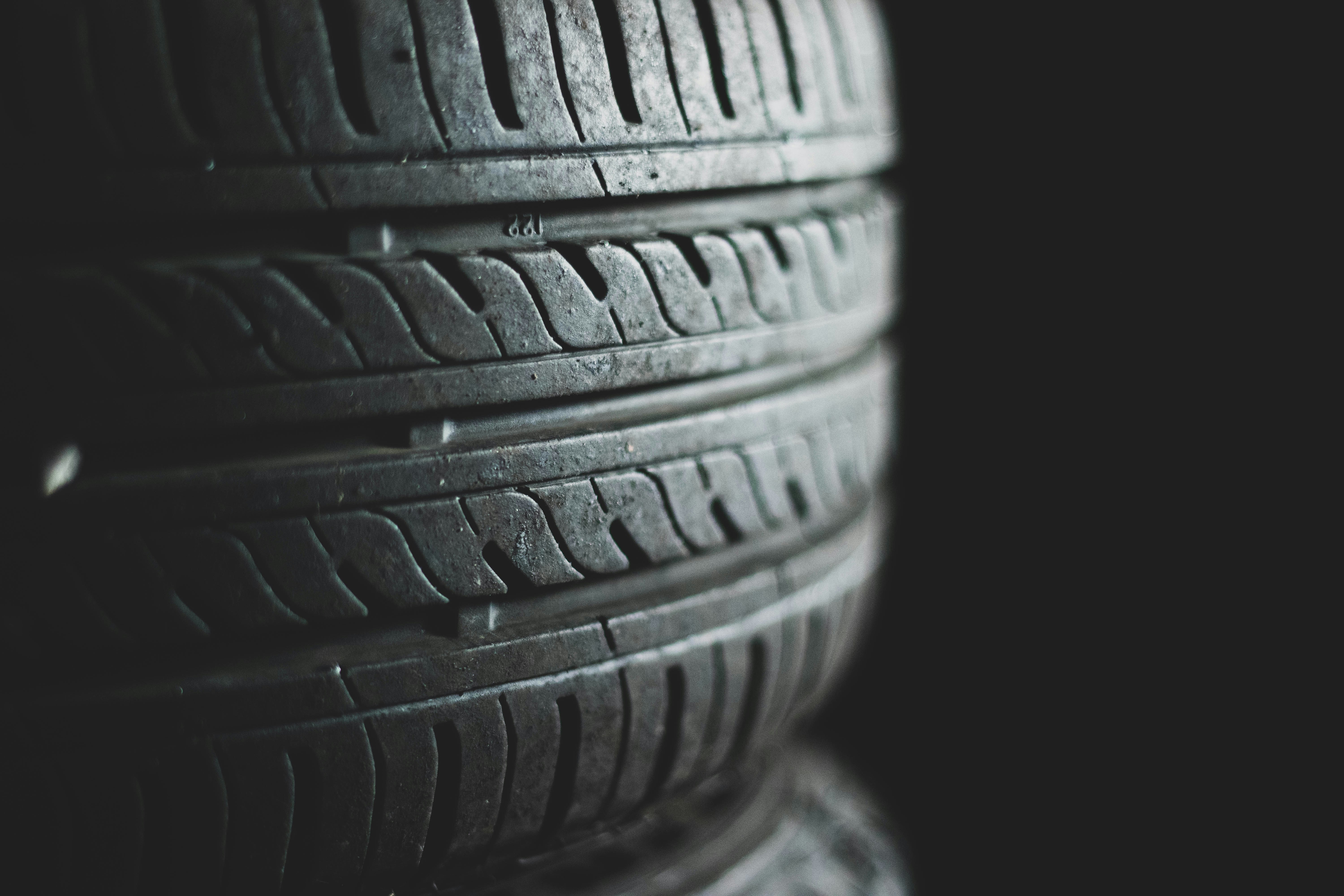"Breathing New Life into Old Engines: The Resurgence of Engine Swapping"
**Introduction** In the world of car customization, there's a trend that's redefining performance, personality, and practicality. Enter the fascinating world of engine swapping, a practice that is as old as the automobile itself, yet is experiencing a sudden resurgence.

Retrofitted Resurgence: The History of Engine Swapping
Engine swapping, in essence, is the practice of replacing a car’s original engine with another. This could be for reasons of increased performance, fuel efficiency, or to breathe new life into a classic car. The history of engine swapping dates back to the early days of the automobile. As manufacturers began mass-producing cars, the interchangeability of components became apparent. This led to the dawn of engine swapping, with early hot-rodders in the 1930s and 1940s replacing the engines in their Ford Model Ts and Model As with bigger, more powerful units.
Today’s Trends: From Classic to Electric Swapping
Fast forward to the present day, and engine swapping is more popular than ever. While the classic practice of swapping in a high-performance engine still holds, there has been a surge in interest in alternative engine swaps. For instance, diesel engine swaps are gaining popularity, allowing for improved torque and fuel economy. Similarly, there’s a rising trend in swapping out traditional internal combustion engines for electric power units. This not only allows for a more environmentally friendly ride, but also offers considerable performance advantages.
The Impact: Performance, Efficiency, and Sustainability
The benefits of engine swapping are multi-faceted. On one hand, it can significantly enhance performance. A bigger, more powerful engine can give a car increased speed, power, and torque. On the other hand, an engine swap can improve a car’s fuel efficiency, especially in the case of diesel or electric swaps. Further, by reusing existing car bodies and retrofitting them with new engines, engine swapping can be a more sustainable and environmentally-friendly practice.
The Challenges: Compatibility and Regulations
However, engine swapping is not without its challenges. Compatibility is a major issue. Not all engines will fit into all car bodies, and extensive modifications may be needed. There are also legal considerations. In many places, regulations around emissions and safety standards can limit the types of engines that can be swapped in.
Future Prospects: The Road Ahead for Engine Swapping
Despite these challenges, the future of engine swapping looks promising. With advancements in technology and a growing interest in customization and performance, the trend is set to continue. Whether it’s for the thrill of speed, the pursuit of efficiency, or the love of a classic car, engine swapping provides a unique way to customize a car and make it truly one’s own.
In conclusion, the resurgence of engine swapping is a testament to the enduring appeal of car customization. As we move into the future, this practice will continue to evolve, driven by technological advancements, environmental considerations, and the eternal quest for performance and individuality.




